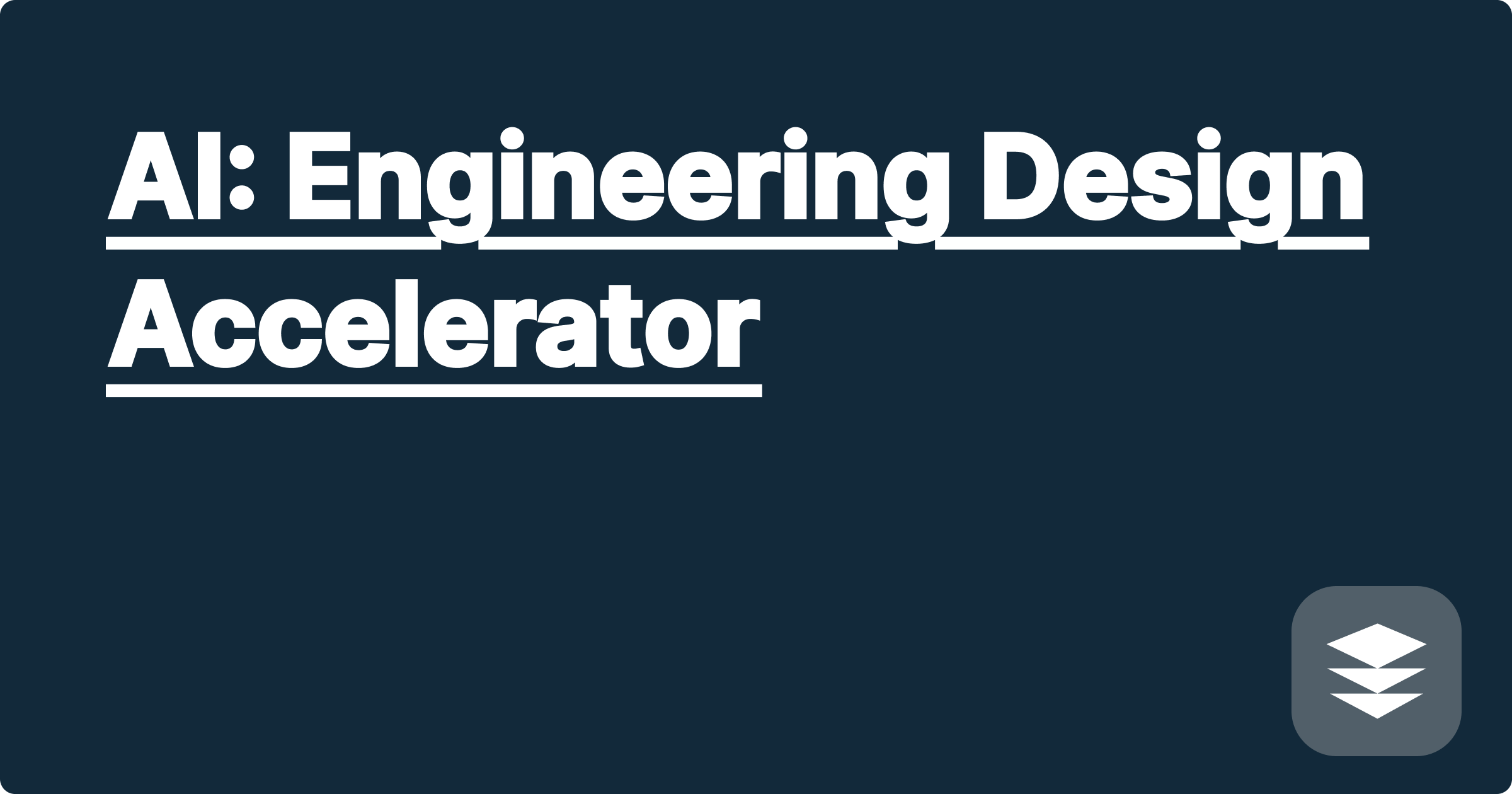
The world of STEM is challenging, demanding rigorous study, countless hours in the lab, and the constant pressure to innovate. For students and researchers alike, the sheer volume of information to process and the complexity of the problems to solve can feel overwhelming. But what if there was a way to accelerate your learning, streamline your research, and unlock new levels of productivity? Enter Artificial Intelligence, your new secret weapon in the quest for academic and professional success. AI is no longer a futuristic fantasy; it's a tangible tool that can transform your STEM journey, offering personalized learning experiences, automating tedious tasks, and providing insights that would otherwise remain hidden.
This isn't just about using popular tools like ChatGPT. This is about diving deeper, exploring the niche AI tools specifically designed for STEM fields, and integrating them into your workflow to gain a significant edge. Imagine having a virtual AI partner that helps you manage your time, analyze complex datasets, and even brainstorm research ideas. This isn't science fiction; it's the reality of AI-powered learning and research, and it's within your reach.
STEM fields are inherently complex, involving intricate theories, vast datasets, and demanding computational tasks. Traditional learning methods can be slow and inefficient, often failing to cater to individual learning styles and research needs. Students often struggle with information overload, while researchers grapple with time-consuming data analysis and literature reviews. Furthermore, the rapid pace of technological advancements requires constant upskilling and adaptation, adding another layer of complexity to the STEM learning experience. This creates a significant gap between the demands of the field and the tools available to navigate them effectively. The challenge lies in finding efficient and personalized solutions that empower STEM learners and researchers to thrive in this demanding environment.
AI offers a powerful suite of tools to address these challenges head-on. Imagine having a personalized AI partner, a GPAI (Generalized Personal AI), that acts as your research assistant, study buddy, and time management guru. GPAI can be constructed by combining various AI tools and techniques, allowing you to create a customized system tailored to your specific needs. For instance, you could integrate a task management AI like Todoist with a research tool like Elicit and a language model like ChatGPT to create a comprehensive GPAI. This integrated system can help you schedule your research tasks, analyze literature, and even generate code snippets for your projects. This personalized approach allows you to leverage the strengths of different AI tools, creating a synergistic system that amplifies your productivity and accelerates your learning.
Building your GPAI starts with identifying your specific needs and challenges. Are you struggling with time management? Do you need help with data analysis? Once you've pinpointed your pain points, you can start exploring the vast landscape of AI tools. For time management, tools like Sunsama or Clockwise can integrate with your calendar and to-do list, optimizing your schedule and minimizing distractions. For research, tools like Semantic Scholar and Connected Papers can help you navigate the vast sea of scientific literature, identifying relevant papers and uncovering hidden connections. For data analysis, consider tools like Wolfram Alpha for complex calculations and visualizations, or specialized AI platforms like Deepnote for collaborative data science projects. The key is to experiment with different tools and find the combination that works best for you.
Consider a mechanical engineering student designing a new type of wind turbine. They could use a specialized CAD software integrated with an AI-powered design optimization tool. This tool can analyze the design parameters and suggest improvements for efficiency and structural integrity, significantly reducing the design iteration time. Similarly, a biology student researching protein folding could use an AI-powered molecular dynamics simulation platform. This platform can simulate the complex interactions of proteins, providing insights into their behavior and accelerating the discovery of new drug targets. These examples showcase the practical applications of AI in diverse STEM fields, demonstrating its potential to accelerate research and deepen understanding.
To maximize your academic success with AI, it's crucial to develop a strategic approach. Start by identifying your learning style and research goals. Then, explore different AI tools and experiment with their functionalities. Don't be afraid to combine different tools to create a personalized GPAI that caters to your specific needs. For example, you could integrate a note-taking tool like Obsidian with a language model like ChatGPT to generate summaries of your readings and brainstorm new ideas. Furthermore, actively engage with the AI community, participate in online forums, and share your experiences with other users. This collaborative approach will help you stay up-to-date with the latest advancements in AI and unlock new possibilities for learning and research.
Integrating AI into your workflow is not a one-size-fits-all solution. It requires a proactive and experimental approach. Start small, focus on specific tasks, and gradually expand your AI toolkit as you gain experience. Remember that AI is a tool, and its effectiveness depends on how you wield it. By embracing a growth mindset and actively exploring the potential of AI, you can unlock new levels of productivity, accelerate your learning, and achieve your academic and professional goals. The future of STEM is AI-powered, and it's time to embrace the change.